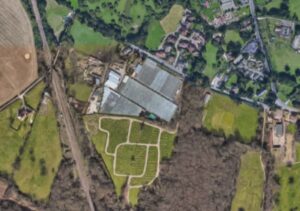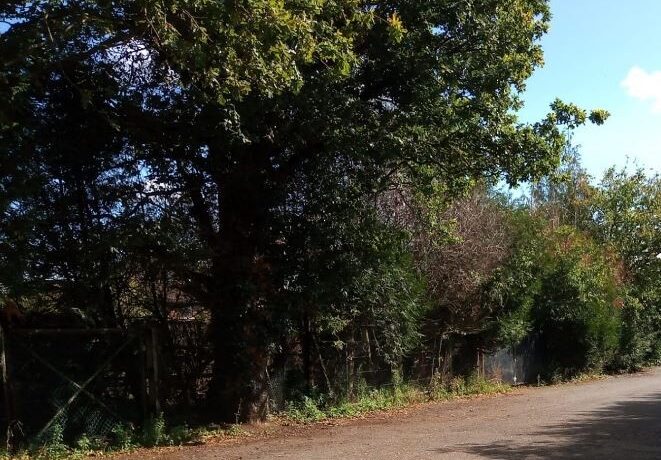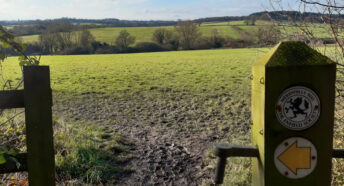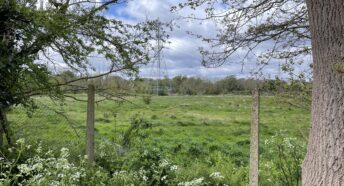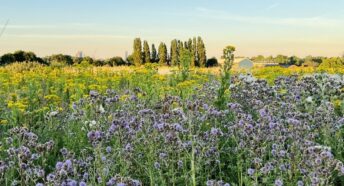Enfield application could trigger wider Green Belt destruction
CPRE London is extremely concerned that Enfield Council has approved plans that could lead to the destruction of one of London’s most significant areas of Green Belt.
Outline proposals for the development between Crews Hill and Clays Hill in Enfield were approved by the council’s planning committee in early September, despite widespread opposition from local groups. CPRE London has written to the Mayor of London urging him to overturn the decision for the following reasons:
1. Permitting this development sends a direct message to developers and speculators that land in Crews Hill is available for development. (1) This creates extreme pressure for land to end up with developers who will then simply continue to push for Green Belt release. (2) This also prejudices the Local Plan process where the borough is seeking to release Green Belt here and elsewhere in the borough, despite availability of brownfield alternatives.
2. Stage 2 permission by the GLA for this site would set a dangerous precedent for all the other sites under threat in Enfield, and particularly in Crews Hill. Once the housing need argument has been accepted once, it will be used in every case and the Green Belt will be lost.
3. The Very Special Circumstances case is accepted purely on the basis of housing need, which the officers claim outweighs all other considerations, however this is an insignificant amount of housing (58) – super low density, making poor use of land, and car dependent – when compared to the great harm which will be caused to the Green Belt – not least because it opens the doors to the wider development of Crews Hill – which is an isolated Green Belt conurbation of, largely, plant nurseries which have – because of lack of enforcement and no other reason – become permanent buildings (rather than glass houses) – enabling false reasoning that the site is ‘previously developed land’ which, according to planning policy, can be built on. Enfield continues to promote a number of large Green Belt sites for development, over the objections of the GLA and TfL at the Reg 18 Local Plan consultation stage. Despite more than 7,000 responses at Reg 18, the majority critical of the council’s plan, we understand the Green Belt sites will be brought forward again at Reg 19, despite the availability of brownfield (previously developed land) sites around the borough, for which housing capacity has been underestimated.
4. Enfield officers in fact conclude that the development would cause significant harm to the openness of the Green Belt and would be inappropriate development within the Green Belt.
5. We have only just been able to find the GLA Stage 1 report on the GLA website, but the officers’ summary indicates the GLA considers the site to be previously developed land. Enfield officers themselves disagree with this conclusion, along with all the objectors. Agricultural structures (glass houses) cover 97.6% of the site. These are not defined in planning terms as ‘buildings’ so only a very small percentage should be considered previously developed land.
6. Additionally, disappointingly, the GLA’s Stage 1 report states that, despite being non-compliant with the London Plan, they would be content as long as certain adjustments are made, largely relating to transport. This is an extremely isolated area where car dependence is the norm and it is unrealistic to expect that the vast majority of trips will be made by any other mode than car – no matter what adjustments are made. We strongly believe the reality is that this development will simply be car dependent and for this reason alone should not be permitted.
